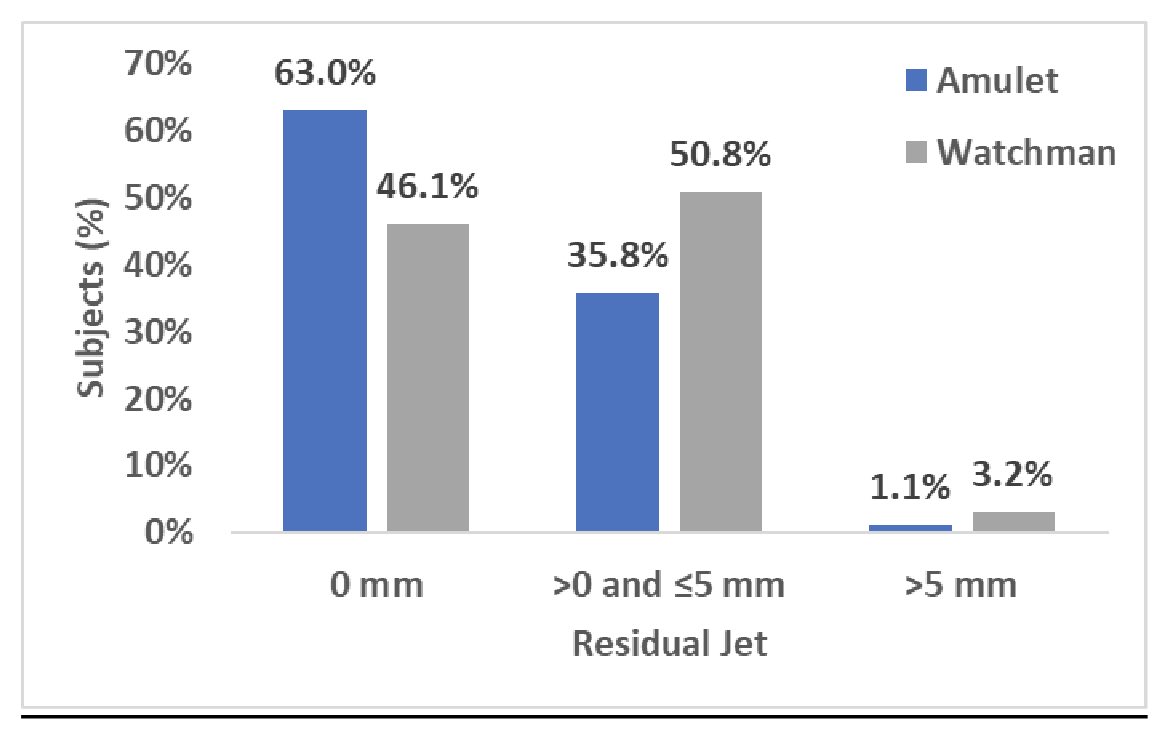
Cardiologist & Professor @Mayoclinic; Deputy editor @JACCJournals; EMBA 24' candidate @MIT; Life long learner. Opinions my own.
How to get URL link on X (Twitter) App







 How frequent? It depends on how you define PDL!
How frequent? It depends on how you define PDL!



 💢When should I I use a rail?
💢When should I I use a rail? 
 2/5
2/5

 1. TMR theory is based on reptilian circulation. Reptiles are devoid of epicardial arteries & hence rely on intramyocardial sinusoids for tissue oxygenation.
1. TMR theory is based on reptilian circulation. Reptiles are devoid of epicardial arteries & hence rely on intramyocardial sinusoids for tissue oxygenation.